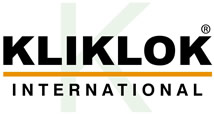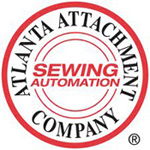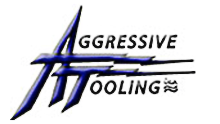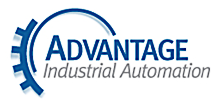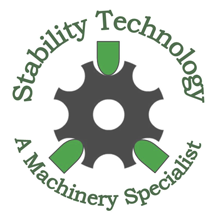Risk Assessment Training
How to Perform a Risk Assessment on Machines and Equipment
ANSI B11.0 - Risk Assessment Training
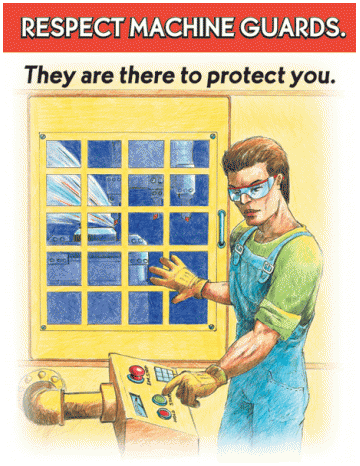
With more and more ANSI standards now requiring a risk assessment for machinery, performing a risk assessment for machinery is now commonplace. And a well-performed Risk Assessment can be extremely beneficial to a company's bottom line -- but a poorly done Risk Assessment can be worse than none at all. Learn how to perform a Risk Assessment per the latest official standards.
The training seminar will cover the OSHA and ANSI requirements to properly conduct a risk assessment for machines and equipment
The objectives for the seminar is:
Understand the risk assessment process Identify different hazards during the risk assessment process Understand ways of creating customized risk assessment templates Do a practical implementation of risk assessment Understand the documentation requirements for risk assessment
As ANSI and Internatinal ISO machine safety standards aregrowing in importance, design engineers, application engineers and system integrators involved in machine safety should become knowledgeable in the requirements of Risk Assessment, per ANSI B11.0 (2010) and ISO 12100 (2010).
The objective of this risk assessment training is to present the risk assessment process as a necessary step in the design process. The perceived complexities are now simplified with examples on how to identify different hazards, define machine limits, assess the risk, and provide risk reduction techniques. There will be various xercises based on practical examples and actual risk assessments. This training will follow the risk evaluation method outlined in ANSI B11.0 (2010), with the aid of pre-completed templates and various real life examples.
Upon completion of this seminar, participants should have a significantly improved understanding of the OSHA and ANSI standards for risk assessment that apply to the type of machines and equipment. In addition, participants should be able to identify different hazards during the risk assessment process, and understand the implementation of risk assessment per ANSI standards.
Hazard and Risk Assessment
Includes actual real-life examples Differences between ANSI and ISO requirements How to be realistic and consistent in assessing:
severity frequency of exposure ability to avoid harm
Hazard reduction techniques How to incorporate risk reduction from the start Techniques to Reduce Risk
The Head Trainer

William S. Howard
 Please feel free to call me with questions at:
Or email me at:
Please feel free to call me with questions at:
Or email me at:
 Please note that because I travel frequently, I am often unable to pick up phone calls.
But if you leave a message, I'll call you back
within 24 hours. And I'll always respond to emails.
Please note that because I travel frequently, I am often unable to pick up phone calls.
But if you leave a message, I'll call you back
within 24 hours. And I'll always respond to emails.Testimonials
Why We are Unique
We specialize exclusively in manufacturing safety - training geared to manufacturers. We offer only advanced, high level training. Our training is individually tailored, customized to your machines. We can add any personalized training desired by the customer. We teach on-site at your facility, or at our headquarters in Atlanta. Training is provided in all 50 states across the USA. Taught by a machine safety expert - an actual accredited expert in the area of machine safety. All participants earn a completion safety certificate.
















